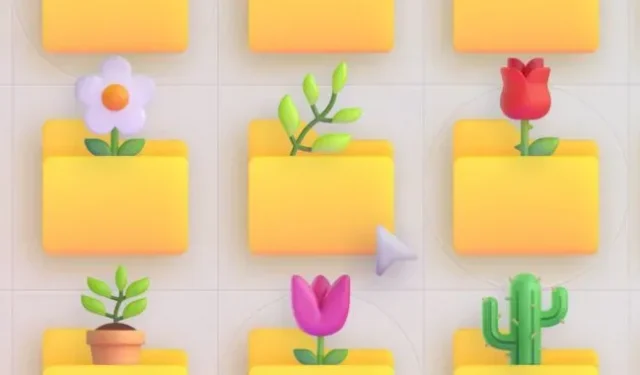Microsoft opens up access to its cute 3D emoji, albeit without Clippy

As part of the Windows 11 design push, Microsoft also published fun redesigns for all of its emoji characters that added more symbols and textures than older versions of the Windows 8 and 10 era. Today, the company is taking it one step further by open-sourcing the vast majority of these new Fluent emoji designs and publishing them on Github so that anyone can modify and use them.
Each open source emoji has three iterations: a fully 3D version with texture and color gradients; a flat “colored”version that retains the base color but removes textures and gradients (these are the ones you’ll see if you open the emoji menu in Windows 11); and a monochromatic “high contrast”version. All files are available as vector graphics files. svg so that they can be resized and otherwise manipulated without loss of quality.
There are only a couple of Microsoft designs that aren’t open source, including a paperclip that looks like Clippy (the character is apparently copyrighted). Several other emoji have been omitted because Microsoft versions lack the Windows logo. Among the emoji published by Microsoft, there is no universal version of the paperclip emoji.
Most apps allow the operating system they run on to handle emoji – you’ll see the Microsoft emoji set when you read a message on Windows, Google if you’re reading it on Android, or Apple if you’re reading it. on iPhone or Mac. But individual apps and websites like Twitter or WhatsApp sometimes override your OS’s emoji rendering in favor of using their own, in part to make the characters look the same no matter where they’re viewed.
If more apps and artists decide to use Microsoft’s emoji design, it could give the company a little more control over how emoji look across all platforms. The Unicode consortium is the arbiter of over 3,600 standard emoji characters, but larger companies can influence the specifics of individual characters, as when Apple decided in 2016 to change the “gun”emoji from a gun to a bright green water gun. Other companies have followed suit, and more toy-like rendering is now the norm on most platforms.
Leave a Reply